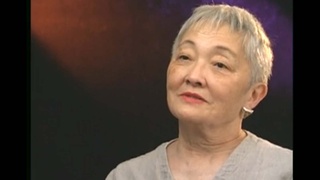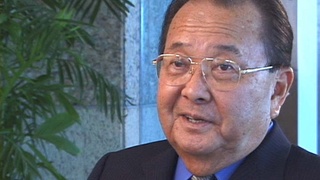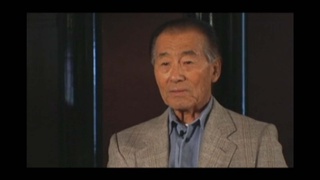Interviews
Lost respect for the flag after incarceration
I was very bitter about the whole situation and unfortunately I, at that time – before that time – I used to respect the flag, you know as almost a, you know, almost a god, you know, it represent the United States and everything. But after that, I thought, well it’s only a piece of rag. When I saw the kids marching in the camp you know with the flag, you know and all that, I looked at it and I says, it doesn’t mean anything, now to me it’s only a symbol, it doesn’t have the depth that I felt for the flag. I just couldn’t…cause it really upset me when we were incarcerated.
Date: March 31, 2005
Location: California, US
Interviewer: Gwenn M. Jensen
Contributed by: Watase Media Arts Center, Japanese American National Museum









